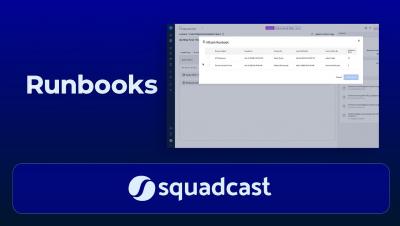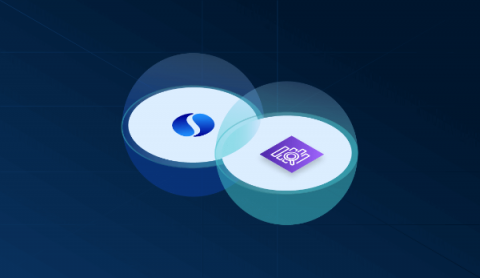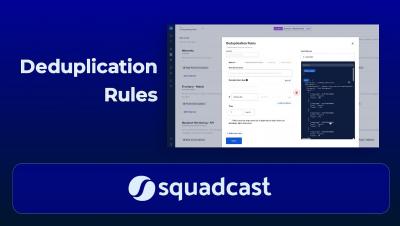Operations | Monitoring | ITSM | DevOps | Cloud
Squadcast
Analytics in Squadcast | Incident Management | On-call | SRE | Squadcast
Classifying Severity Levels for Your Organization
Major outages are bound to occur in even the most well-maintained infrastructure and systems. Being able to quickly classify the severity level also allows your on-call team to respond more effectively. Imagine a scenario where your on-call team is getting critical alerts every 15 minutes, user complaints are piling up on social media, and since your platform is inoperative revenue losses are mounting every minute. How do you go about getting your application back on track? This is where understanding incident severity and priority can be invaluable. In this blog we look at severity levels and how they can improve your incident response process.
Setting up Runbooks in Squadcast | SRE Best Practices | Squadcast
Amazon OpenSearch + Squadcast Integration: Routing Alerts Made Easy
Alert Deduplication Rules - Reduce alert noise by grouping similar alerts together | Squadcast
Top Five Pitfalls of On-Call Scheduling
On-call schedules ensure that there's someone available day and night to fix or escalate any issues that arise. Using an on-call schedule helps keep things running smoothly. These on-call workers can be anyone from nurses and doctors required to respond to emergencies to IT and software engineering staff who need to fix service outages or significant bugs. Being on-call can be challenging and stressful. But with the proper practices in place, on-call schedules can fit well into an employee's work-life balance while still meeting the organization's needs.











